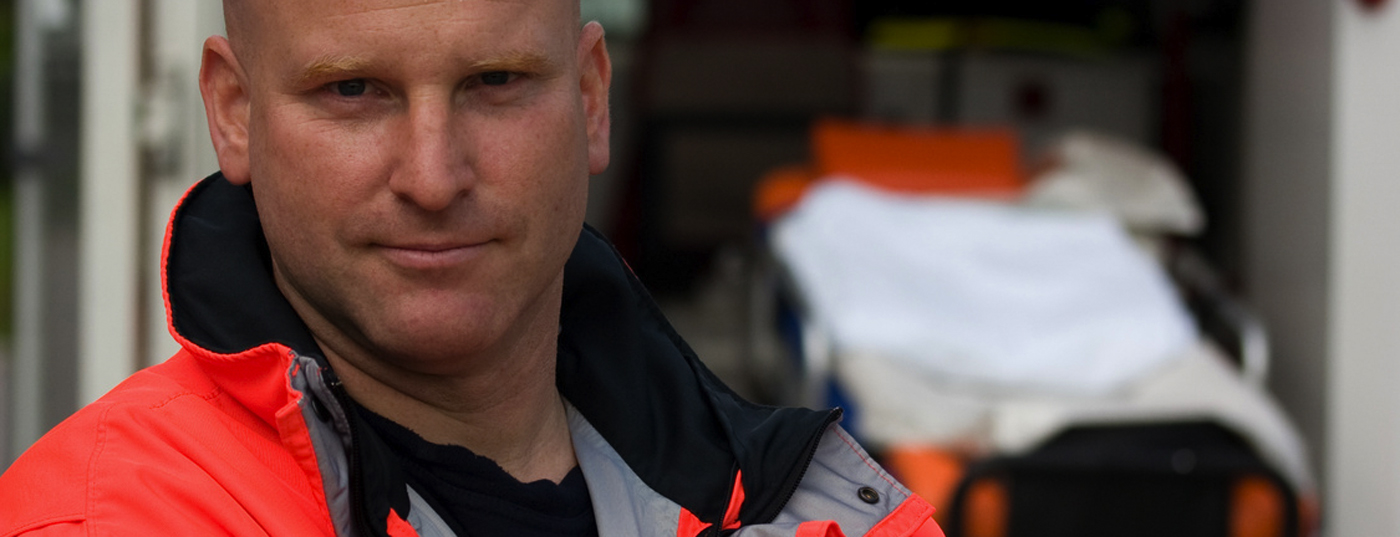Obviously, there are small and medium-sized hospitals that rely on having enough patients assigned to them for treatment. They are making great efforts to fill their beds. Some open a primary care emergency practice in or in front of the hospital, and the resident physicians fulfill their statutory emergency duty there at an hourly wage that is more or less in line with the market.
Other hospitals, in turn, complain that their emergency departments are flooded with minor cases. They were able to make it clear to their colleagues in private practice that it was their job to treat these patients. This is because hospitals generally lack their own well-trained physicians who can treat these patients competently and cost-effectively.
Which patients find their way to the hospital or large practices? It is undisputed that a considerable number of them need urgent treatment. For example, laceration wounds must be sutured, simple fractures must be fixed, and sudden pain must be clarified and treated without delay. However, experience shows that, especially in urban areas, going to the doctor outside office hours is in vogue. Just as daily shopping is done in the evening hours, basic medical services are consumed on the way home or after dinner. The behavior of consumers and patients is therefore also guided here by the principle of “supply and demand”: “Why should I bother to make an appointment with an overworked family doctor when I can sit down in the hospital waiting room after watching the evening edition of the news and then present my health problem to an experienced family doctor in the region? After all, he’s fulfilling his statutory duty and I’m making good use of my unproductive off-peak hours.”
Why are there usually enough colleagues who work part-time in the hospital during the evening hours? The fact is that it allows them to fulfill their emergency duty. The traditional service has often become unattractive, as colleagues often wait in vain in their practice for those patients who have gone directly to a hospital or large practice with extended opening hours.
Conclusion number one: through upstream or integrated primary care practices, hospitals either relieve their expensive emergency departments or try to improve their utilization.
Conclusion number two: The extended opening hours of hospitals and large practices are being used, as are the nighttime shopping opportunities at gas station stores.
Conclusion number three: Thanks to the statutory emergency service obligation, hospitals can operate their primary care practices cost-effectively with experienced physicians in private practice.
I have no objections to the new and in some cases already established services offered by hospitals. The cooperation of resident colleagues in hospital-owned practices is certainly an enrichment for all involved. However, the work in the hospital practices should not be coupled with the statutory medical emergency duty, because the medical emergency duty must not be misused to solve the hospital’s own problemsr











